East West Platinum 701 F1 Tomato Seed | 5g
A hybrid that is most suitable for cultivation in tropical low land. It displays strong vigor and wide adaptability to different growing conditions. Fruits are oval and firm. Its excellent disease resistance package and heat set are the reasons why this hybrid has become popular. Excellent performance in tropical lowland, rainy season due to good fruit cracking tolerance
The 10g pack contains about 2000 seeds
Description
East West Platinum 701 F1 Tomato Seed is A hybrid in our determinate range for cultivation in tropical lowlands. It displays strong vigor and wide adaptability to a range of different growing conditions. Fruits are high round, firm, and of medium size. Platinum F1 is recommended for tropical lowland cultivation. The Platinum F1 tomato seed needs plenty of water and nutrients to develop. To ensure a good yield, a drip irrigation system is recommended before you begin cultivating this variety.
East West Platinum 701 F1 Tomato Seed Product Features
East-West Platinum 701 F1 Tomato is a hybrid variety known for its high yield, disease resistance, and excellent fruit quality. This F1 hybrid is developed to provide growers with a robust tomato plant that performs well under various growing conditions, producing uniform and flavorful fruits.
Key Features
- Variety:
- Type: F1 Hybrid Tomato
- Growth Habit: Determinate, meaning the plant grows to a certain size and sets fruit over a short period, making it ideal for a concentrated harvest.
- Fruit Characteristics:
- Size and Shape: Produces medium to large-sized fruits, typically round to slightly flattened.
- Color: Fruits mature to a vibrant red color, indicating ripeness.
- Weight: Each tomato typically weighs between 100-150 grams, depending on growing conditions and practices.
- Flavor: Known for its rich, sweet taste with a good balance of acidity, making it ideal for fresh consumption and processing.
- Plant Characteristics:
- Vigor: Strong, vigorous plants with good foliage cover, protecting fruits from sunscald.
- Yield: High-yielding variety, producing a large number of fruits per plant.
- Disease Resistance:
- Resistance/Tolerance: Bred for resistance to common tomato diseases such as Verticillium wilt, Fusarium wilt, and Tomato mosaic virus. This helps ensure a healthy crop with fewer losses to disease.
Growing Instructions
- Planting Time:
- Indoor Sowing: Start seeds indoors 6-8 weeks before the last expected frost date.
- Outdoor Transplanting: Transplant seedlings outdoors after the last frost when soil temperatures have warmed up and nighttime temperatures are consistently above 55°F (13°C).
- Soil and Location:
- Soil: Prefers well-draining, fertile soil with a pH between 6.0 and 6.8. Amend soil with compost or well-rotted manure to enhance fertility.
- Location: Choose a sunny spot that receives at least 6-8 hours of direct sunlight per day.
- Sowing Depth and Spacing:
- Sowing Depth: Plant seeds about 1/4 inch (6 mm) deep.
- Spacing: Space plants 18-24 inches (45-60 cm) apart in rows spaced 24-36 inches (60-90 cm) apart to allow for adequate air circulation and growth.
- Germination and Seedling Care:
- Temperature: Maintain soil temperatures between 70-80°F (21-27°C) for optimal germination, which usually occurs in 7-14 days.
- Watering: Keep the soil consistently moist but not waterlogged. Water seedlings regularly and ensure good drainage to prevent root rot.
- Transplanting and Growth:
- Hardening Off: Gradually acclimate seedlings to outdoor conditions by placing them outside for a few hours each day, increasing exposure over a week.
- Planting: Transplant seedlings to the garden at the same depth they were in their pots. Stake or cage plants to support growth and keep fruits off the ground.
- Care and Maintenance:
- Watering: Water deeply and consistently, especially during dry spells. Avoid overhead watering to reduce the risk of fungal diseases.
- Fertilization: Feed plants with a balanced fertilizer every 3-4 weeks or use a slow-release fertilizer at planting time.
- Pruning: Remove suckers (side shoots) that develop in the leaf axils to promote better airflow and direct the plant’s energy towards fruit production.
Additional information
| Weight | 9 kg |
|---|

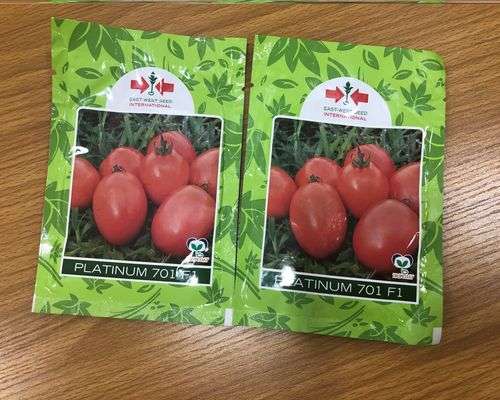
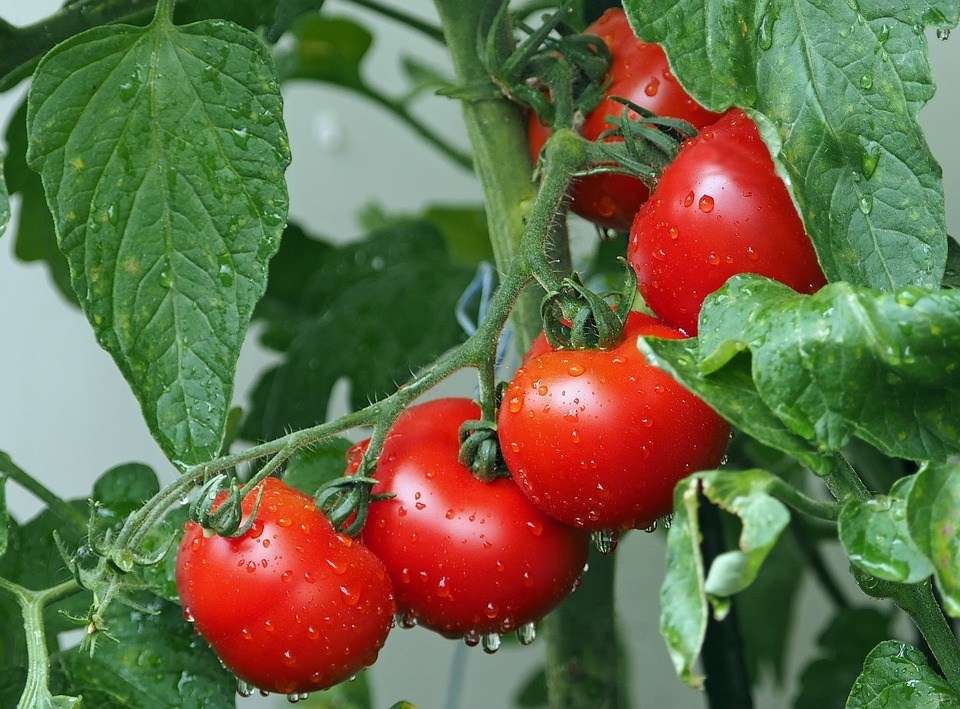

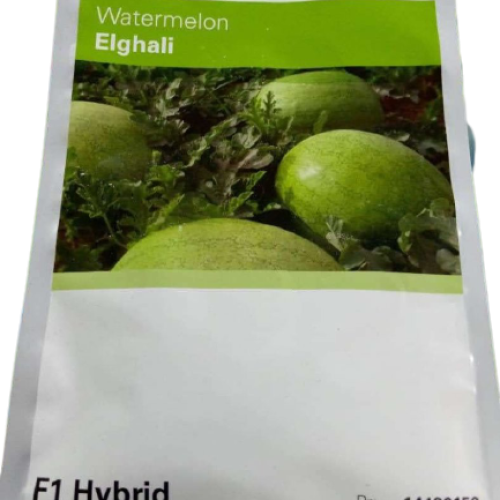
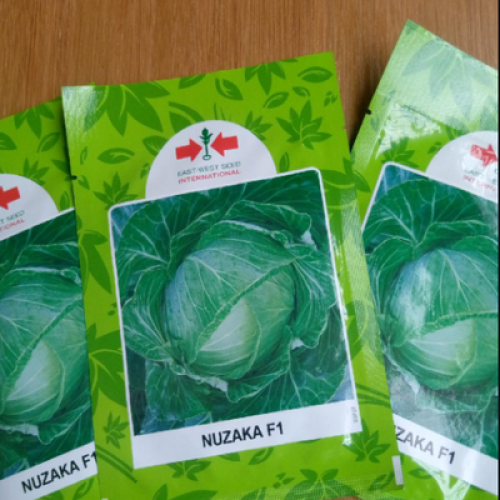

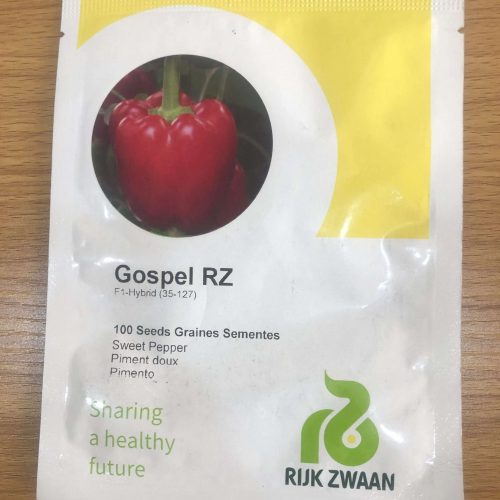


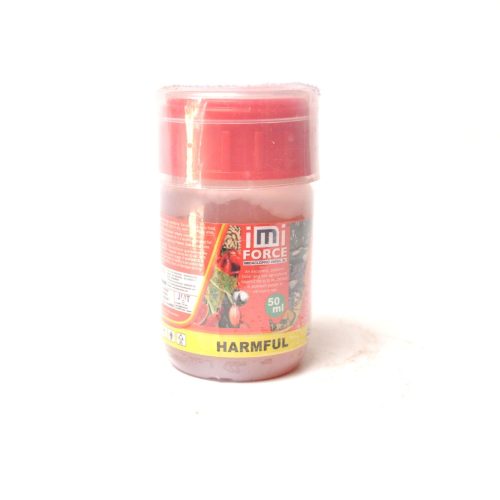

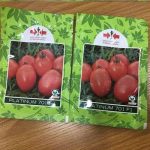
Reviews
There are no reviews yet